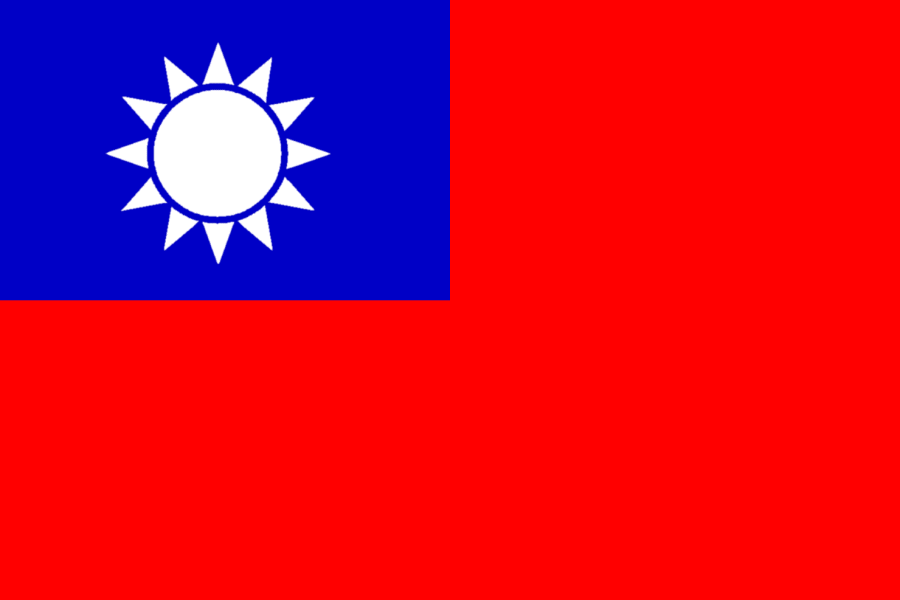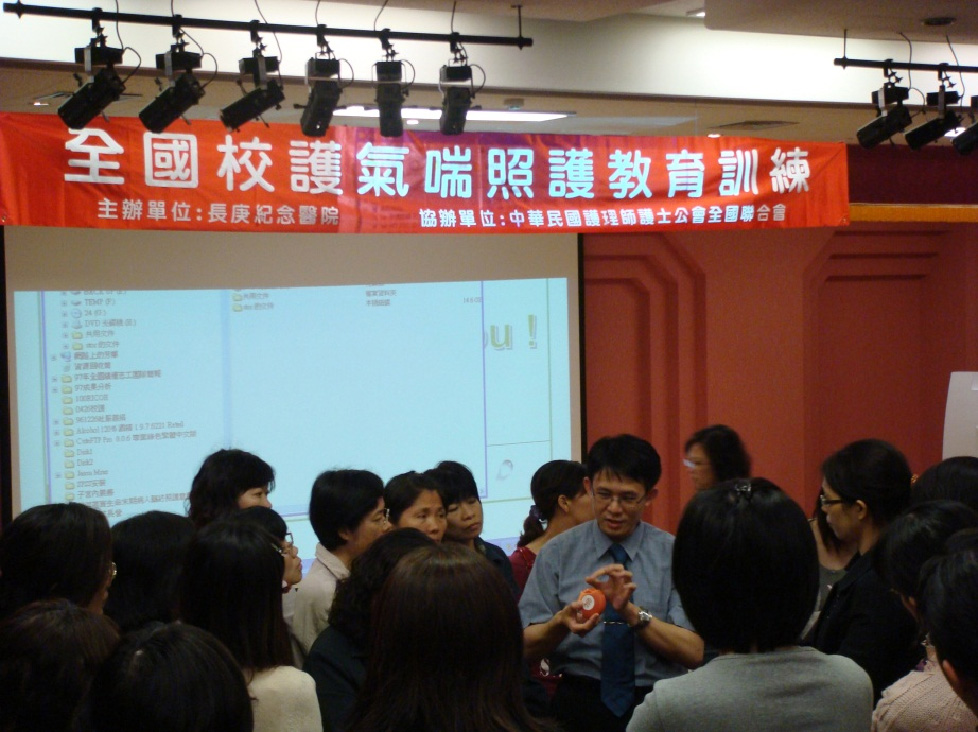
Taiwan, Asia-Pacific
| Centres: | Phase: | PI: | Age Groups |
|---|---|---|---|
| Taipei | 1 | Professor Kue-Hsiung Hsieh DECEASED | 13-14, 6-7 |
| Taipei | 3 | Dr Jing-Long Huang | 13-14, 6-7 |
| Taoyuan | 3 | Dr Chun-Chieh Kao | 13-14, 6-7 |
National Coordinator:
Roles:
- National Coordinator for Taiwan
- Phase Three Principal Investigator for Taipei
Dr Jing-Long Huang

Chief, Department of Pediatrics
Chang Gung Children's Hospital
5, Fu-Hsin Street
Kweishan
Taiwan
About Taiwan
Taiwan is located on the east coast of Asia in the Western Pacific. There are 22.9 million people, and the land area is 36,188 km2; therefore, the population density is 636/km2, which is second rank in the world. Taiwan is noted for her subtropical climate. The average monthly temperature in the lowlands is 16oC in the winter and ranges between 24 to 30oC in the rest of the year. The average relative humidity is 78% year around. The gross domestic product (GDP) per person was USD 16,423 in 2010. A compulsory National Health Insurance (NHI) was implemented in Taiwan since 1995, and more than 96% of the population is covered by this system. The participation rate of medical institutions was around 94% nationwide.
Background
The first prevalence survey of childhood asthma was conducted by Professor Hsieh in 1974. It was reported that the childhood asthma prevalence was 1.3%. In 1985, prevalence survey in school children in Taipei city was investigated again and it was found increasing to 5.0%. Tsuang et al. had reported the prevalence of childhood asthma as 6.5% in 1993 and 8.5% in 1997 in Tainan City. However, neither of the questionnaires used in these local studies was standardized. It is better to have a constructed and validated tool to investigate the prevalence.
ISAAC Findings
Asthma, allergic rhinitis, and atopic dermatitis are very common allergic diseases in Taiwan. Although there were some reports that the prevalence of asthma might reach a plateau in western countries, the increasing prevalence of asthma and allergic rhinitis is still prominent in Taiwan. According to the International Study of Asthma and Allergies in Childhood (ISAAC) survey in different parts of Taiwan, the asthma prevalence rate was 16.8% to 19.7% in children of age 6-7 years, and 10.8% to 14.3% in age of 13-14 years. The average admission rate of childhood asthma was 105.0 per 100,000 populations. However, the admission rate was significantly lower in children than in adults
In addition to asthma, allergic rhinitis had an even higher prevalence rate than asthma. From a survey for 2,240 six- to seven-year-old children, 47.7% suffered from rhinitis, but only 10.7% of them were not troubled by it in their daily activities. As for physician-diagnosed allergic diseases, the prevalence was 24.6% for rhinitis and 18.0% for eczema, respectively.
Impact of ISAAC in Taiwan
From phase I to III of ISAAC survey, asthma prevalence in children was increasing in Taiwan. It was hard to ascribe to one specific reason to explain this phenomenon. However, improving awareness of disease entity might in part explain this condition. For improving asthma care in children, asthma education course was developed and conducted to all school nurses in Taiwan. This was shown to have greatly improved their asthma knowledge. The program, supported and funded by the government, was also extended to public health nurses and teachers in kindergarten in the past five years. It was also shown to improve the participants’ competence on asthma care. Till now, there have been more than 2,000 school nurses and 500 community nurses who have taken the asthma education course. One of the purposes of the course is to be able to recognize the symptoms of asthma and have the patients receive appropriate treatment as early as possible. Asthma education is much more emphasized than ever. The knowledge of asthma care among patients and physicians should be reinforced by a continued educational program.

